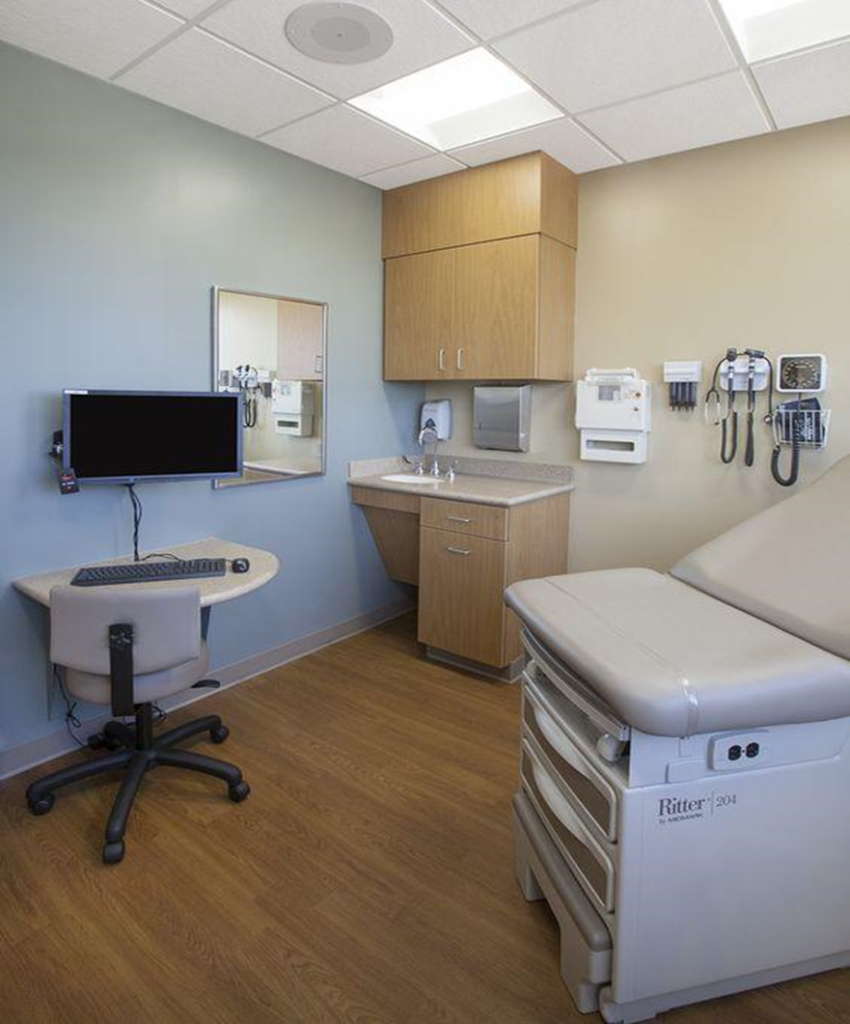Technology has evolved so much in different sectors of the economy. Innovations are coming up every single day, and we can’t help but keep up. These innovations have made our lives much easier, and performing certain tasks has become a walk in the park. The main sector of the economy that has hugely benefited from modern technology is the medical field. So many lives have been saved by the availability of these machines. The work of doctors has also been made much simpler. There are different medical equipment in different fields of medicine that have helped greatly with this.
Basic Medical Equipment

These are machines that are for everyday use in a hospital setting. They are used to diagnose illnesses as well as monitor different treatment procedures. These machines are made to pay keen attention to details, therefore, ensuring accuracy in every single procedure. This is a very important factor as it is a matter of life and death for the patient. These machines are categorized into different sections due to their different functions.
Diagnostics and Imaging Machines

These are machines that are used for diagnosis purposes. They are very important as they help a doctor determine the particular cause of the ailment before proceeding to the treatment phase. These are machines that you will most likely see in the outpatient department of a hospital, mostly at triage and the laboratory. Some of them are also found in doctors’ offices. Most hospitals prefer sourcing these machines from countries like China for better prices.
- Stethoscopes: This is a device that is used to listen to the heartbeat, the lungs, and the blood flow in the veins and arteries. This is the most common tool for most doctors as it marks the first step of a diagnosis.
- Sphygmomanometer: Also known as a blood pressure machine, this equipment is used to diagnose conditions such as high and low blood pressure, hypertension, and even diabetes. Most blood pressure machines are strapped to the upper arm and inflated in order to stop the blood flow in the artery. The doctor then listens to the blood pumping in the artery as he deflates the cuff.
- Ophthalmoscopes: There are tools that are used by opticians to see into a patient’s eye. They help in the diagnosis of glaucoma and other eye infections. We have direct and indirect ophthalmoscopes.
- X-ray machine: This is an equipment that is used to get images of internal structures of a patient’s body. They use electromagnetic rays that penetrate through the body to create these images. They diagnose internal fractures and growths.
- Ultrasound machine: This machine is mostly used for pregnant women to monitor the condition of an unborn baby. It monitors the heartbeat of a fetus and the growth patterns. Ultrasounds are also used for cardiac patients and patients experiencing abdominal problems. This technology allows a physician to see these internal activities on a computer screen.
Intensive Care Machines

These are equipment that is mostly used in the intensive care unit of a hospital. They are used for patients who are in very critical condition and need the utmost care to keep them alive. They are used for both adults and pediatric patients.
- Ventilators: A ventilator is a machine that is used to aid the breathing process of a patient. They are used for patients whose lungs are failing and whose respiratory systems are too weak. This machine is usually connected to oxygen tanks to pass oxygen to the patient. Companies that generate oxygen used for ventilators do so by the use of a zeolite oxygen sieve.
- Defibrillators: This is a machine that uses an electric current to resume a normal heartbeat after a heart attack. A defibrillator is a life-saving machine that no single hospital cannot do without. They are used in life-threatening conditions like cardiac arrests.
- Patient monitors: A patient monitor is used in the intensive care unit to track and monitor a patient’s vitals such as temperature, pulse rate, blood pressure, and respiration rate. The machine then transmits this information, and it is projected onto a computer screen for interpretation.
- Infusion pump: This is used to deliver liquids and nutrients to a patient’s body while they are in the ICU. It is also used to pass medication such as antibiotics, chemotherapy treatment, insulin, and pain-relieving medication to a patient.
- Anesthesia machine: This machine is used in the administration of anesthesia to a patient. It is mostly used in the operating room to aid in surgical procedures. The majority of surgeries require a patient to be incapacitated to allow the surgeons n easier time and to prevent the patient from feeling any pain during the surgery.
Conclusion
We have so many machines that are used in a hospital, and we have highlighted just a few. Scientists are still coming up with new and better technologies to aid in saving lives. However, we cannot ignore the fact that our doctors and caregivers also need to be taken care of, and their safety while providing medical care to their patients must be a priority. There is personal protective equipment that every hospital should ensure that it provides for its caregivers. These protective gear keep our doctors and nurses safe from contracting infectious diseases like the coronavirus.



